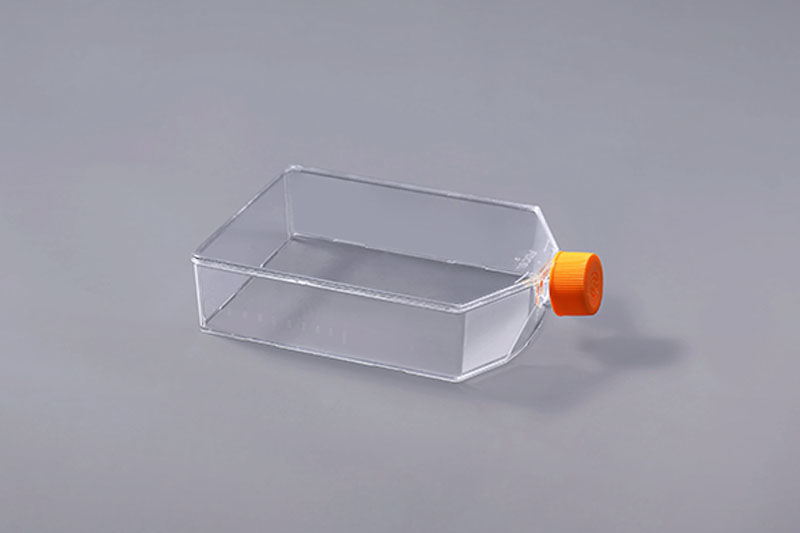What requirements should the raw materials of cell culture flasks meet?
When culturing cells, cell culture flasks are an economical and practical culture tool. So what material is it made of?
Cell culture flasks generally use highly transparent polystyrene as raw materials. In order to ensure the safety of raw materials, they must meet USP Class VI medical grade standards. The USP class of medical materials is grade 6, ranging from USP class I-USP class VI, with USP class VI being the highest grade. According to USP-NF general rules, plastics subjected to in vivo biological response tests will be classified into designated medical plastic grades. The purpose of the test is to determine the biocompatibility of plastic products and whether they are suitable for medical device implants and other systems.
FuDau T225 Cell Culture Flasks
A plastic that is rated as U.S. Medical Plastics Class VI means that comprehensive and rigorous testing has been established. U.S. medical grade VI is now the gold standard for various medical-grade raw materials, and a very high-quality choice for medical device manufacturers. The testing items include systemic toxicity test (mice), intradermal reaction test (rabbit), and implantation test (rabbit).
The raw materials that meet the USP Class VI standard are the basis for the strict control of product quality in cell culture flasks. If the raw materials contain certain toxicity, it will be detrimental to the growth of cells, thereby affecting the process of later cell culture experiments.

评论
发表评论